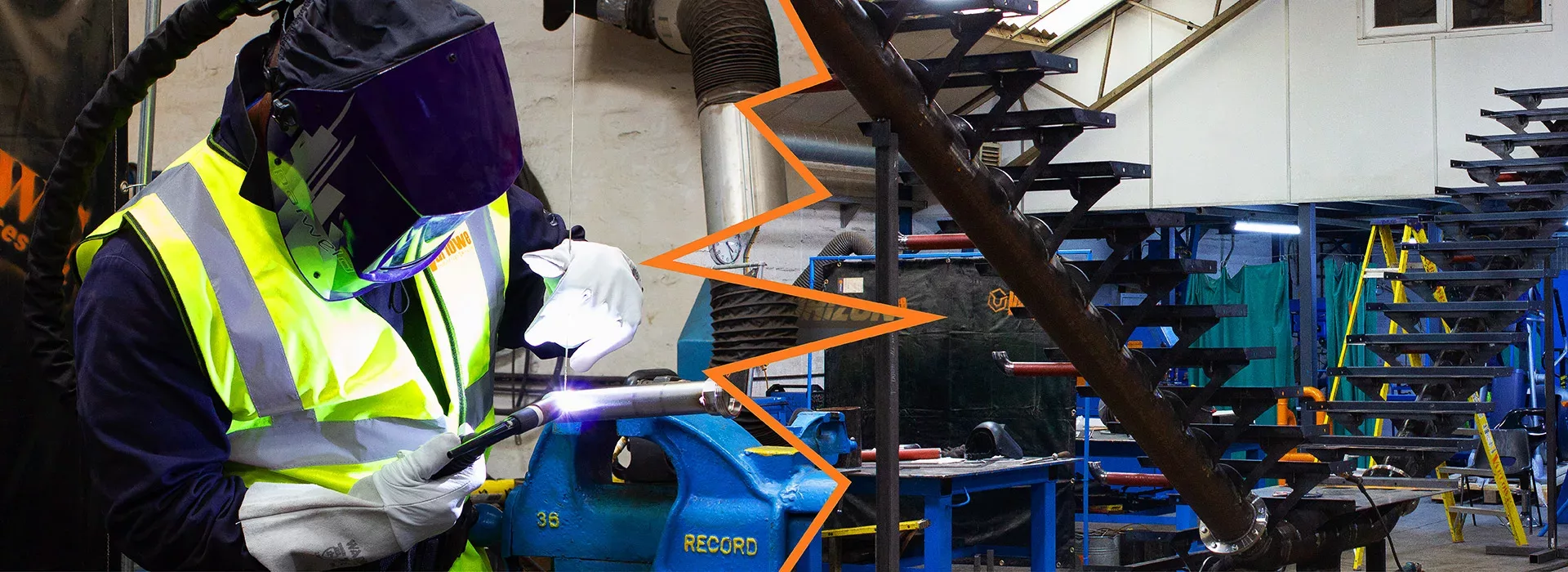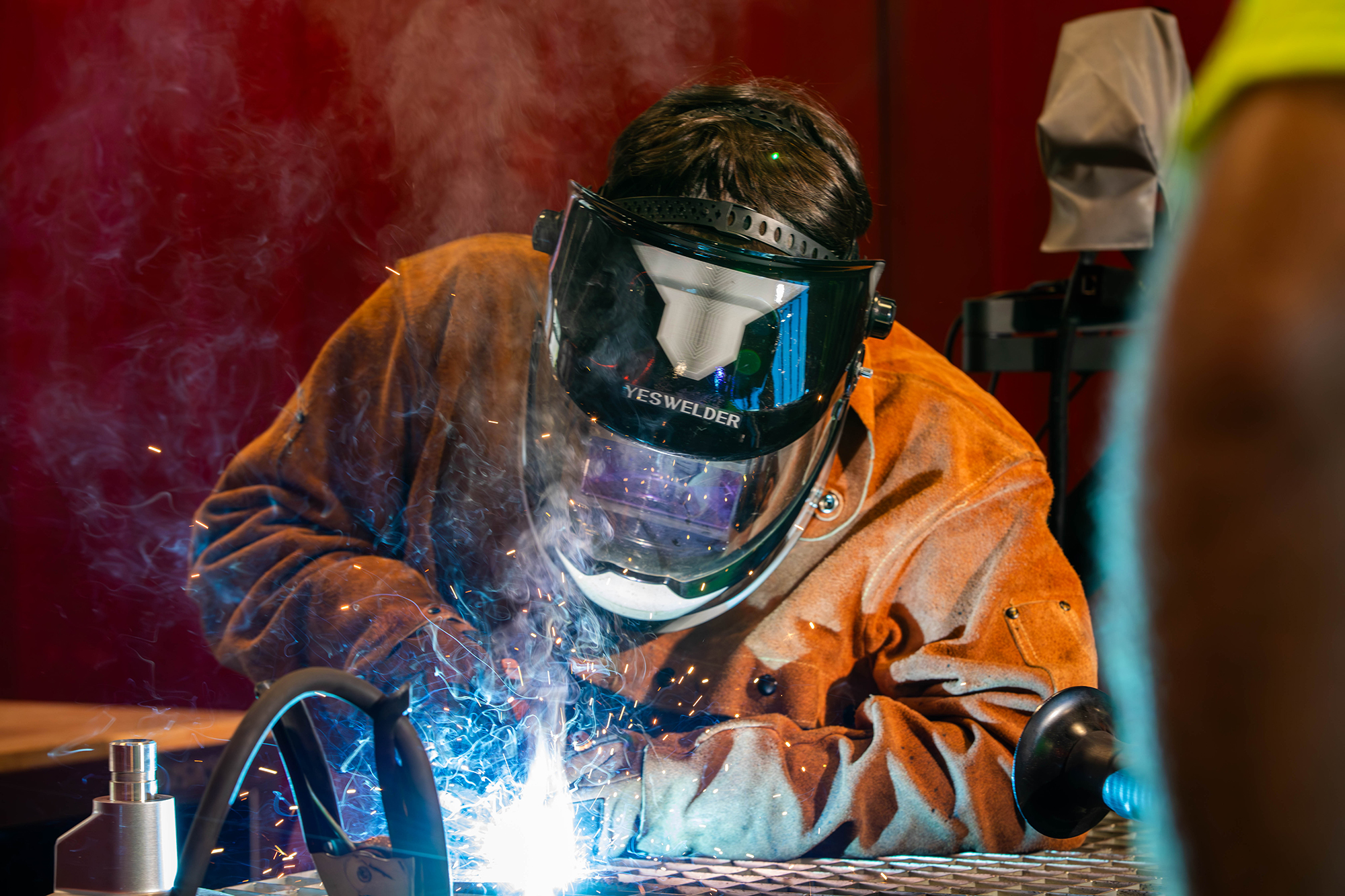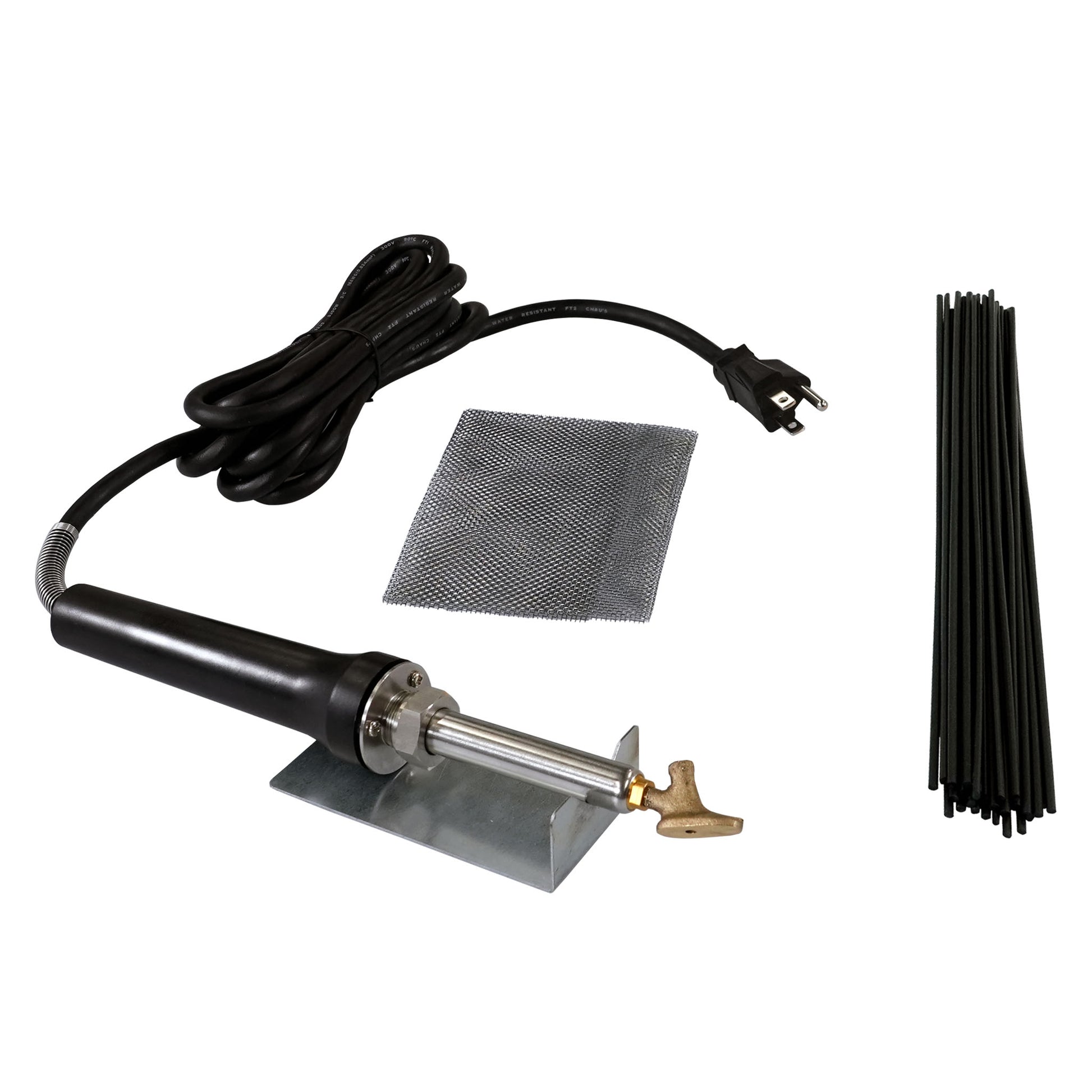Usual Welding Repair Service Issues and How to Address Them Successfully
Welding repairs frequently run into a series of concerns that can endanger the integrity of the end product. Typical problems include poor penetration, porosity, and imbalance, amongst others. Each flaw offers one-of-a-kind challenges that require specific approaches for resolution. Understanding these issues is important for welders intending to boost their abilities and end results. This discussion will check out these usual welding repair work concerns and reliable methods to address them.
Poor Penetration
Inadequate penetration occurs when the weld metal fails to fully fuse with the base material, causing weak joints and possible structural failings. This problem commonly comes from not enough warmth input, incorrect electrode angle, or inappropriate welding speed. Welders might come across inadequate infiltration due to a miscalculation of the essential specifications for a particular product thickness or kind. Furthermore, contamination on the base material's surface can hinder effective bonding, aggravating the issue. To address insufficient infiltration, welders ought to guarantee appropriate setups on their tools and keep a clean work surface area. Normal evaluation of welds is recommended to recognize any deficiencies early, enabling prompt improvements and the prevention of compromised structural integrity in bonded assemblies.
Porosity
Porosity is a common problem in welded joints that shows up as tiny gas bubbles trapped within the weld steel. This issue can endanger the honesty of the weld, causing decreased toughness and prospective failing under stress and anxiety. Montana Mobile Welding and Repair. Porosity normally emerges from contamination, moisture, or inappropriate welding strategies, which allow gases to get away right into the molten weld pool. To address porosity, welders need to assure proper surface prep work, keep a tidy functioning atmosphere, and make use of suitable welding parameters. Furthermore, selecting the appropriate filler product and securing gas can minimize gas entrapment. Normal evaluation and testing of welds can help determine porosity early, ensuring prompt corrective actions are taken, consequently preserving the quality and dependability of the welded structure
Misalignment
Imbalance in welding can emerge from numerous factors, consisting of inappropriate arrangement and thermal development. Understanding the origin is necessary for reliable resolution. A number of adjustment methods are readily available to straighten parts and ensure architectural integrity.
Sources of Imbalance
Welding imbalance usually stems from a variety of underlying problems that can compromise architectural stability. One primary reason is inappropriate fit-up of elements before welding, which can lead to voids and uneven surface areas. Variants in thermal growth during the welding process can likewise result in distortion, specifically if the products being joined have various coefficients of development. In addition, insufficient securing and fixturing might fall short to hold elements firmly in position, resulting in activity throughout welding. Badly maintained devices, consisting of welding equipments and devices, might introduce disparities in the weld grain, further adding to imbalance. Operator mistake, stemming from insufficient training or experience, can likewise play a significant duty in producing misaligned welds.

Correction Methods Offered
Addressing misalignment successfully calls for a combination of restorative methods tailored to the particular problems at hand. One typical method is making use of jigs or components to hold parts in the correct setting during welding, making sure regular positioning. Additionally, pre-heating the materials can assist decrease distortion and boost fit-up. For substantial imbalance, mechanical realignment techniques, such as using hydraulic jacks or clamps, can be employed to remedy the setting before welding. Post-weld heat therapy might additionally be essential to alleviate stresses triggered by misalignment. Ultimately, mindful inspection and adjustment during the configuration stage can protect against imbalance concerns from becoming significant issues, promoting a smoother welding procedure and boosting total architectural stability.
Distortion
Distortion is an usual difficulty in welding that can develop from various factors, including unequal cooling and heating. Understanding the root causes of distortion is essential for applying reliable prevention strategies. Resolving this problem not just improves architectural honesty but additionally enhances the total quality of the weld.
Reasons for Distortion
When based on the intense warm of welding, materials typically go through adjustments that can bring about distortion. This phenomenon mostly develops from thermal expansion and contraction throughout the welding procedure. As the weld location warms up, the product increases; upon cooling, it contracts, which can produce inner tensions. In enhancement, uneven heating throughout a workpiece can exacerbate these stresses, resulting in bending or flexing. The sort of material likewise plays a substantial function; metals with differing thermal conductivity and coefficients of development may respond in different ways, resulting in unforeseeable distortions. Moreover, poor joint design and inadequate fixturing can add to imbalance during welding, raising the possibility of distortion. Recognizing these reasons is essential for effective welding repair service and prevention techniques.
Prevention Techniques
Efficient prevention strategies for distortion throughout welding concentrate on regulating warmth input and making sure correct joint layout. Preserving a regular warmth input assists to minimize thermal expansion and tightening, which can bring about distortion. Making use of techniques such as preheating the workpiece can likewise lower the temperature level gradient, advertising uniform heating. In addition, choosing proper joint styles, such as T-joints or lap joints, can boost security and lower anxiety focus. Executing proper fixturing to secure the workpieces in place additionally help in keeping placement during the welding procedure. Staggered welding series can distribute warmth more uniformly, stopping local distortion. By using these methods, welders can substantially reduce the possibility of distortion and boost the total quality of their welds.
Breaking
Fracturing is a common issue come across in welding repairs, usually arising from various variables such as improper cooling rates, product option, or poor joint prep work. The occurrence of cracks can considerably jeopardize the stability of the weld, leading to potential failings throughout operation. To resolve this problem, welders need to first examine the origin, making certain that products work and appropriately chosen for the details application. In addition, managing the air conditioning price throughout the welding process is essential; quick air conditioning can cause tension and cause splitting. Correct joint design and prep work likewise contribute to minimizing the risk. Implementing these approaches can boost weld high quality and submerged arc welding longevity, inevitably minimizing the possibility of breaking in ended up weldments.

Insufficient Fusion
A substantial concern in welding repair services is incomplete blend, which occurs when the weld metal does not appropriately bond with the base material or previous weld passes - Montana Mobile Welding and Repair. This defect can result in weak points in the joint, possibly compromising the stability of the bonded structure. Elements adding to insufficient fusion include not enough heat input, incorrect welding strategy, and contamination of the surfaces being joined. To address this concern effectively, welders must assure proper pre-weld cleaning and surface area prep work, as well as change their welding criteria to attain adequate penetration and combination. Routine examination throughout the welding procedure can additionally help recognize incomplete blend early, permitting timely restorative actions to boost the total top quality of the weld
Overheating
While welding repair work can enhance structural integrity, overheating presents a considerable difficulty that can bring about product degradation. Excessive heat during welding can alter the mechanical properties of steels, causing minimized stamina, boosted brittleness, and warping. This phenomenon is particularly vital in high-stress applications where architectural dependability is vital. Recognizing getting too hot can involve visual inspections for discoloration or distortion, in addition to checking temperature level during the welding procedure. To minimize the threats connected with getting too hot, welders should use ideal methods, such as controlling heat input, readjusting travel rate, and using suitable filler products. Furthermore, executing pre- and post-weld heat therapies can help restore product residential or commercial properties and boost the general quality of the fixing, making certain long-lasting efficiency and safety.
Regularly Asked Concerns
What Are the Usual Indications of a Welding Defect?

Exactly How Can I Evaluate My Welds for High quality?
To examine welds for quality, one can make use of visual inspections, ultrasonic testing, and radiographic techniques. advice Each technique guarantees structural integrity, identifies flaws, and verifies adherence to defined standards, inevitably improving the integrity of the welded joints.
What Security Safety Measures Should I Take While Welding?
When welding, one need to prioritize safety by putting on proper individual safety devices, guaranteeing correct ventilation, securing flammable products away, keeping a tidy work area, and knowing environments to stop injuries and accidents.
Can I Fix a Weld Without Redesigning the Entire Joint?
Fixing a weld without redesigning the entire joint is possible, depending on the damages (Montana Mobile Welding and Repair Belgrade Fabrication). Methods such as grinding, including filler material, or utilizing a welding process can efficiently resolve particular defects while protecting the surrounding structure
What Equipment Are Important for Efficient Welding Fixes?
Vital tools for effective welding repairs include a welding maker, cord brush, grinder, protective gear, clamps, and filler materials. Each tool plays an important function in making certain top quality and security during the fixing procedure. Porosity commonly emerges from contamination, wetness, or incorrect welding methods, which enable gases to leave into the liquified weld pool. Inadequately maintained equipment, consisting of welding equipments and devices, may present inconsistencies in the weld bead, further contributing to imbalance. When subjected to the extreme warmth of welding, products typically go through changes that can lead to distortion. Cracking is api 1104 a common problem experienced in welding repair services, usually resulting from various factors such as improper air conditioning prices, product choice, or insufficient joint prep work. A considerable concern in welding fixings is insufficient fusion, which occurs when the weld steel does not appropriately bond with the base product or previous weld passes.